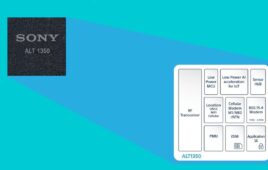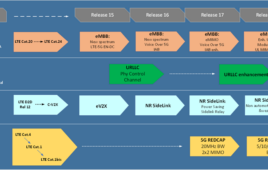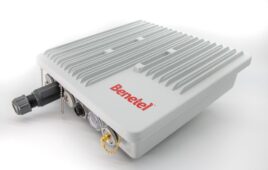General Patent Corp, a patent licensing and enforcement firm, announced that its client, Digital Technology Licensing, has settled its patent infringement lawsuits against Cingular Wireless and AT&T Mobility.
DTL filed its lawsuit against Cingular in April 2006 in the Eastern District of Texas, claiming Cingular infringed its general patent for GSM cellular technology. The company filed another patent infringement suit against AT&T, after its acquisition of Cingular Wireless, in November of 2007 in the District of New Jersey, claiming the carrier infringed on its patent for UMTS service.
Both suits have been settled and AT&T has licensed the patent in question from DTL.
“The settlement with AT&T Mobility and Cingular follows licensing deals with Nokia, Ericson and Samsung,” said Alexander Poltorak, GPCI’s chairman and CEO, in a statement.
DTL believes that the technology covered by its patent is used in Adaptive Multi-Rate (AMR) codec and other cellular communication standards including GSM and UMTS. The group says that the technology is used to assure backward compatibility of cell phone handsets and base stations.
GPCI represents DTL in its patent infringement suits currently still under way against Verizon Wireless, T-Mobile, Sprint and other telecoms.
“We are pleased to have been able to reach an amicable settlement with Cingular,” said Paul Lerner, GPCI’s general counsel, in a statement. “Now we can focus on licensing the rest of the industry.”




